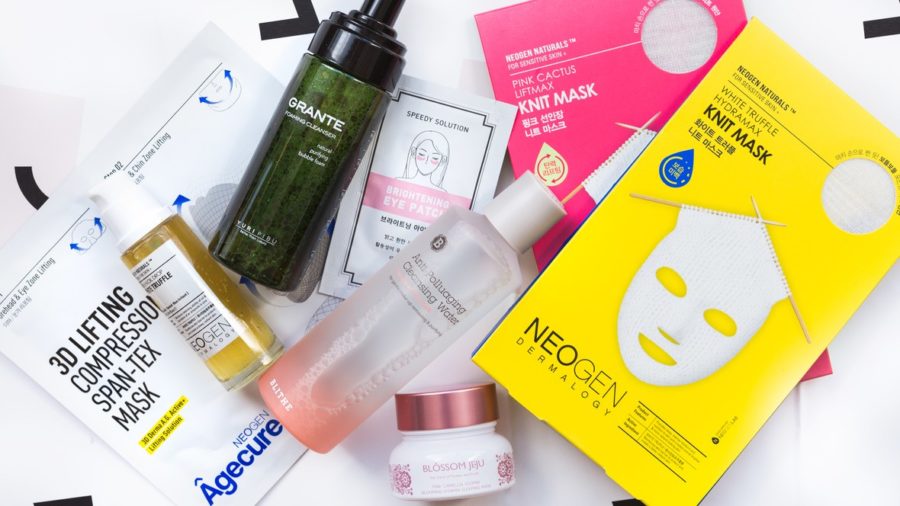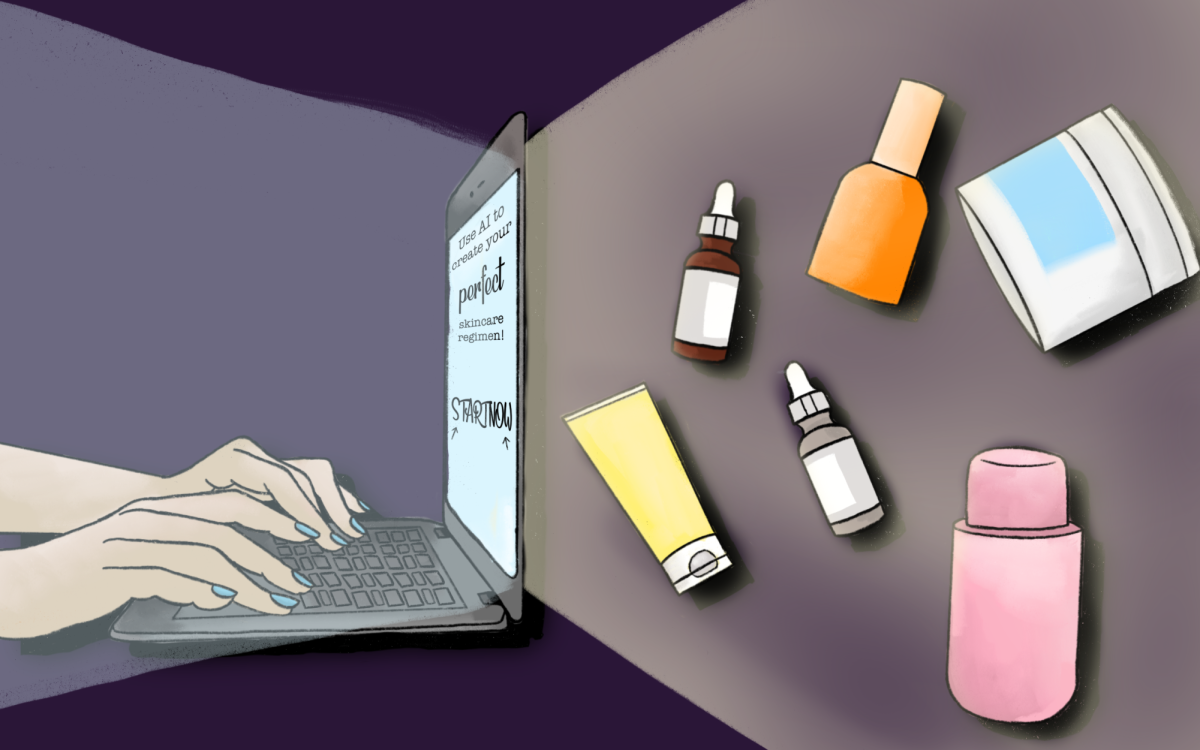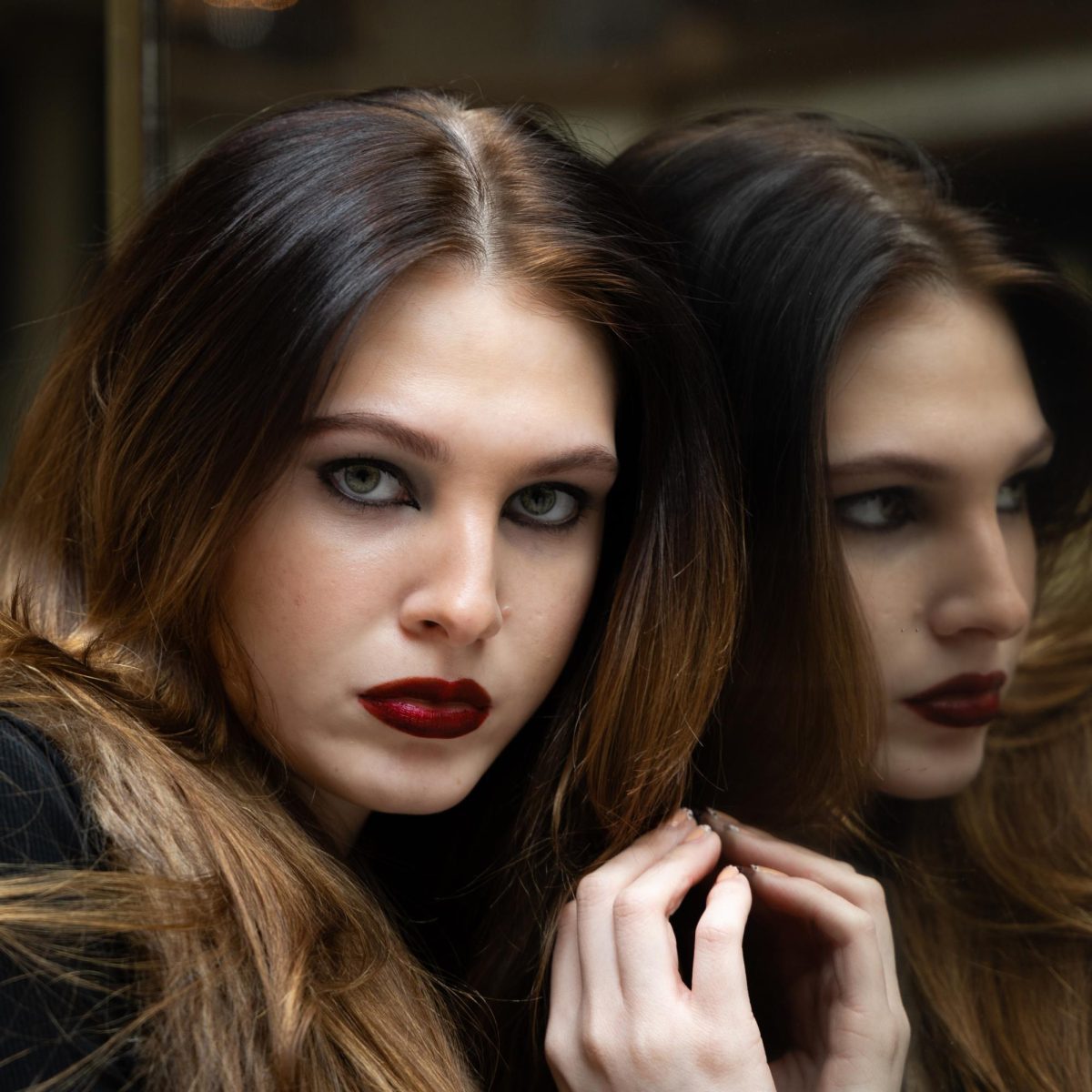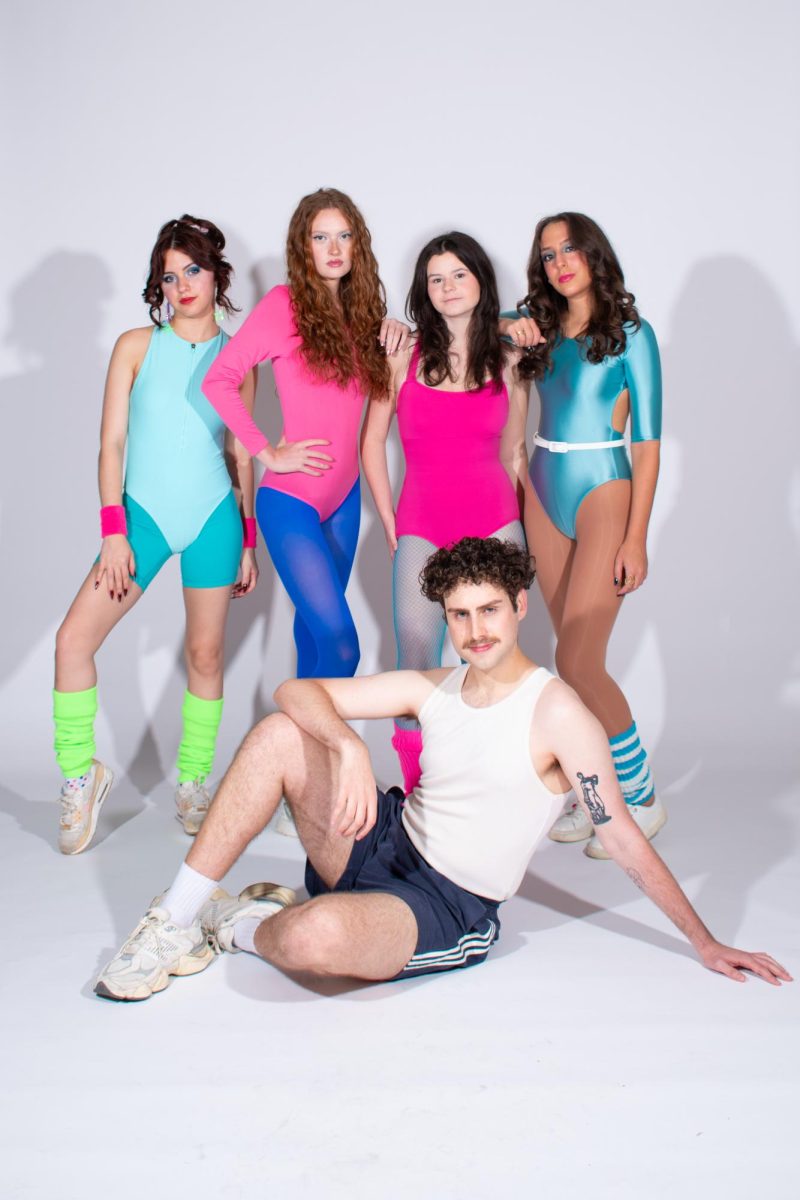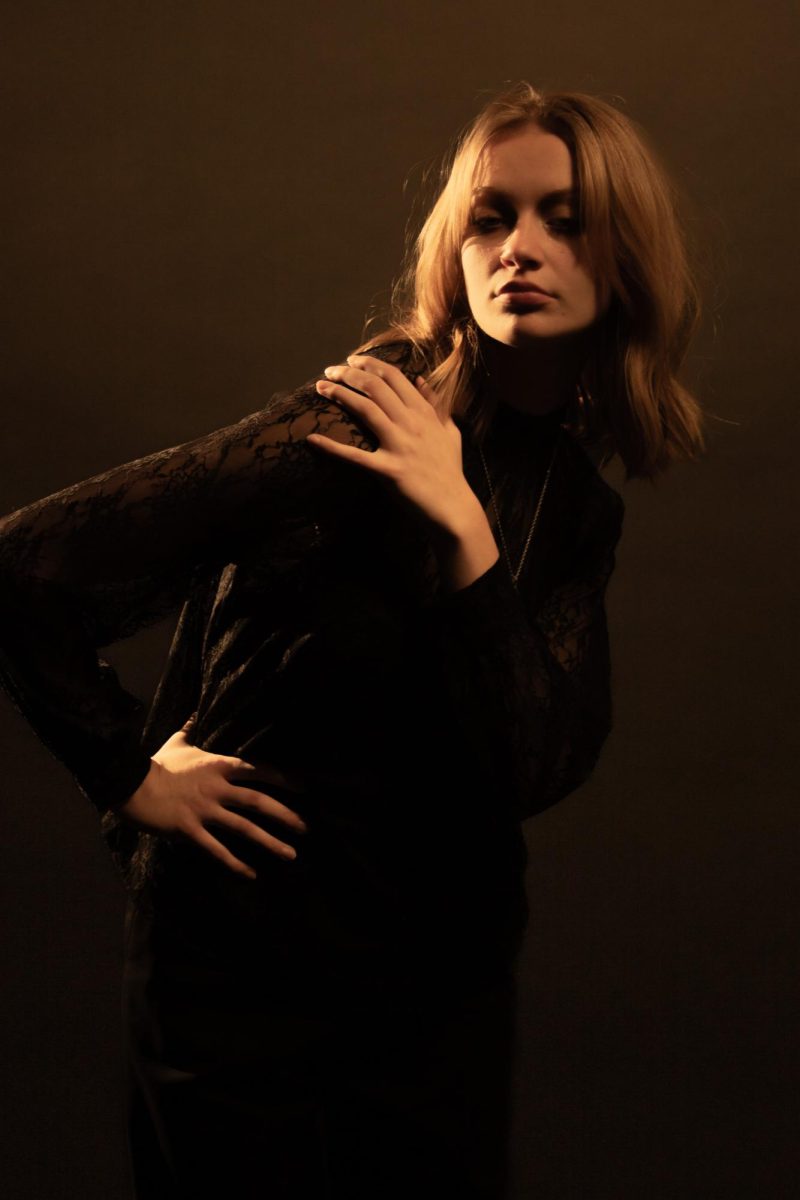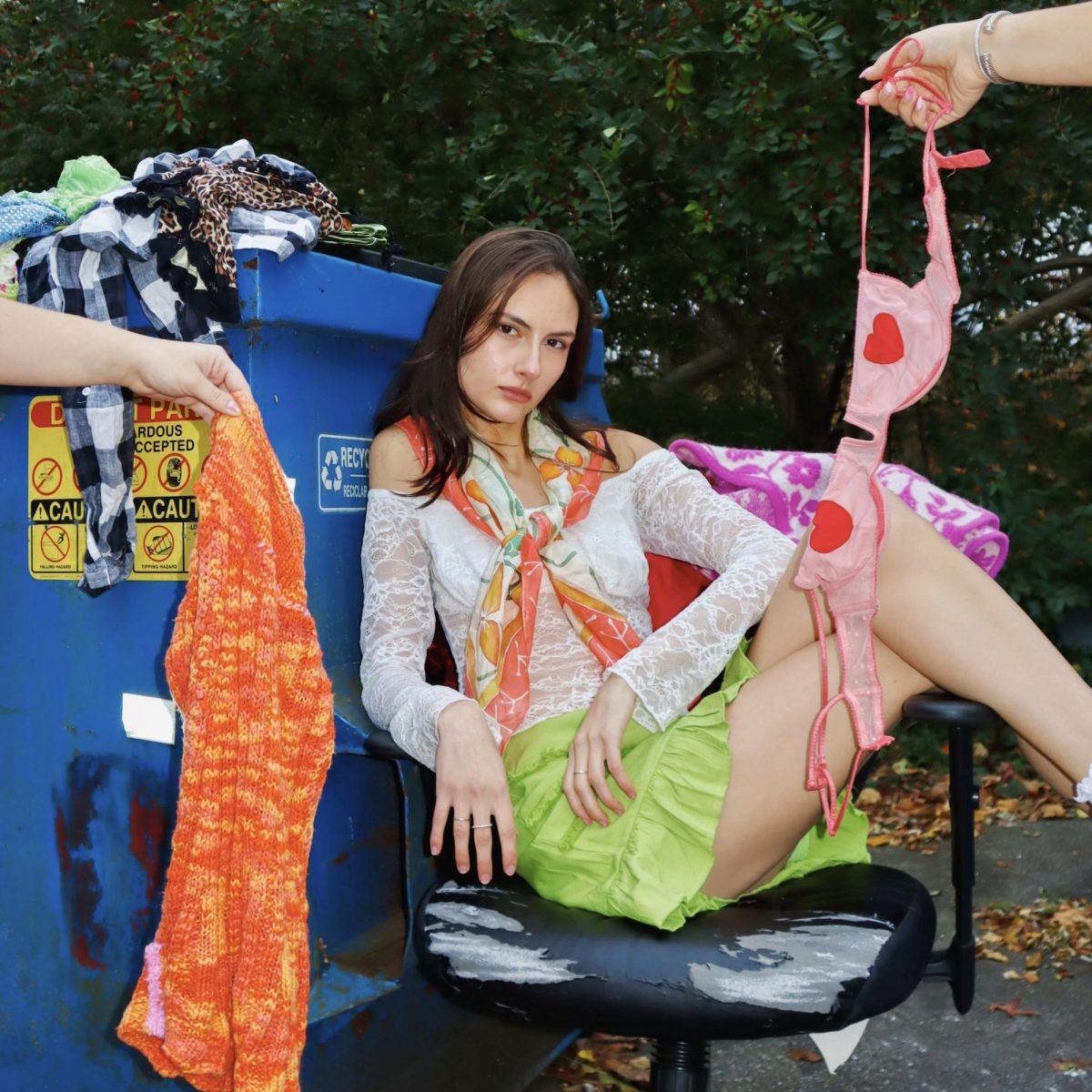Makeup and skin care aisles are always changing to accommodate the desires of the millennial generation. A huge trend right now is a flawless, pore-less, contoured complexion that looks as though the face is glowing from within.
The select few Korean beauty (K-beauty) websites that originally shipped to the United States sparked in popularity after a few Asian-American social media influencers, such as Michelle Phan or Heart Defensor, started recommending specific products, and their followers became drawn to the natural purity and suppleness of their skin.
Most Korean beauty products and skin care tips claim to have anti-aging, plumping, hydrating or anti-acne benefits. K-beauty products also tend to have gentle, natural ingredients, perhaps ones that might seem bizarre to the average American, such as snail slime, salmon eggs or placenta. Some ingredients seem off-putting, but the claimed benefits can be worth it.
Celebrities, bloggers and YouTubers seemed to be the guinea pigs of this trend, but Ulta and Sephora quickly started carrying K-beauty products in its stores like Tonymoly, Skinfood, Dr. Jart+ and Glow Recipe.
South Koreans have completely reinvented skincare, and the ten-step regimen seems to be a huge innovation in the beauty industry within the twenty-first century.
Now, the real question is: are all those products really worth the hype?
One of Kent State’s own Korean fashion professors, Dr. Jewon Lyu, is an avid user of K-beauty products.
When asked if there were any specific brands or products she would recommend to younger women she said, “Sharing [from] my personal experience (combination skin type), when I was young, I used more affordable brands like Innisfree… their skin care lines are great. As I get older, I need more oil and moisture on my skin, so I am currently using OHUI and Belif products.”
With the opinions of a Korean woman in the United States, young people interested in skincare can better understand that this trend does truly work for many Korean women. It is not a fake concept; it is a real part of the Korean lifestyle that Americans are becoming fascinated in.
“…I think all companies’ products are very similar, but I recently found Dr. Jart+ Hydrogel masks are really good,” Lyu says. “When I was young, I remember using The Face Shop mask sheets often. For toners, I personally use different kinds – mix of Japanese and Korean products; I use Belif Classic Essence. It is my favorite!”
But which products does Lyu see the most results with? As for younger women beginning to experiment with Korean skincare products, are there any particular brands or product categories that you would tell them to start with first?
“I think all products from the AmorePacific companies are really good,” Lyu says. “My friends also agree with me about AmorePacific products. I’d suggest young consumers to try all different brands; that’s how I found my favorite ones. So far, Belif is my favorite brand in terms of results, price, fragrance, etc.”
K-beauty products better highlight the importance of dedicating time and taking care of one’s skin, and that is the sole aspect that makes it so successful. 2018 is the first year where K-beauty is no longer a trend; it’s the year where Korean beauty products and skincare tricks have become rituals in many millennials’ daily routines.
Have Koreans given Western people the beauty secrets they’ve always been searching for?
Possibly. The only way to find out is by testing a couple products out or grabbing a few of those adorable face masks off the shelves.

